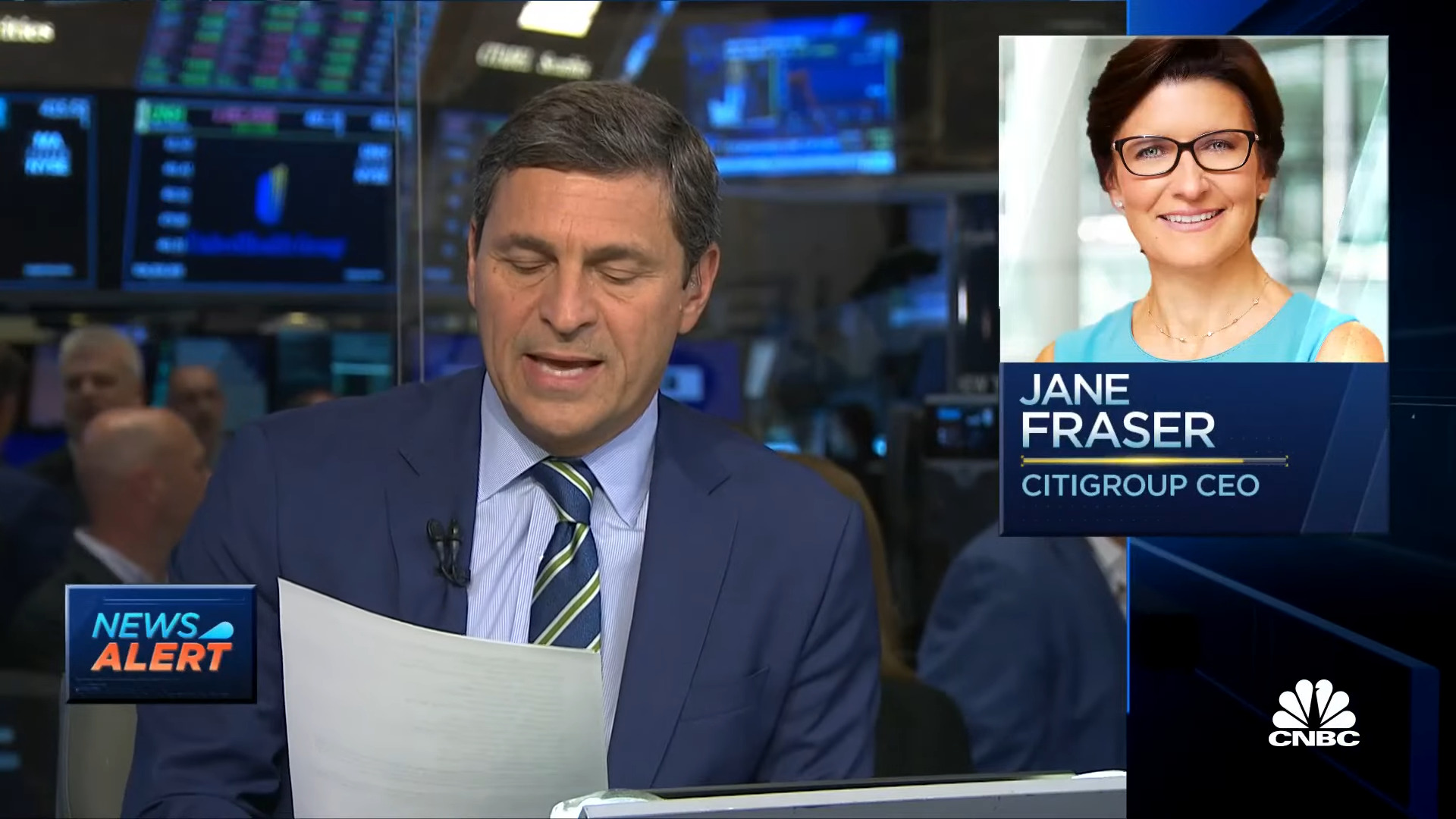Citigroup CEO Jane Fraser has unveiled a sweeping corporate reorganization aimed at revitalizing the bank as it grapples with a persistent stock slump. Fraser’s bold move is set to address long-standing issues within the organization, promising to streamline decision-making and reduce tensions among managers.
A New Vision for Citigroup
In a strategic shift, Citigroup CEO Jane Fraser has announced a comprehensive corporate overhaul that promises to reshape the bank’s future. Fraser, who has been at the helm for nearly three years, is determined to steer Citigroup towards a brighter path as it navigates through a challenging stock market landscape.
The previous structure of Citigroup had been characterized by a complex hierarchy that hindered swift decision-making and bred discord among managers. Fraser recognized that these internal challenges were impeding the bank’s growth and innovation. To address these issues, she has outlined a new vision that will transform Citigroup into a more agile and accountable institution.
A Leaner and More Agile Citigroup
Fraser’s reorganization plan involves simplifying Citigroup’s organizational chart, cutting down on management layers, and accelerating decision-making processes. Under the new structure, Citigroup will be divided into five main business lines, all of which will report directly to Jane Fraser. This streamlined approach represents a significant departure from the previous model, which had two main divisions catering to consumers and large institutional clients.
The changes are also expected to include job cuts, although the exact number has yet to be determined. Nevertheless, these cuts are an integral part of Fraser’s strategy to create a leaner, more efficient Citigroup that can adapt to the evolving financial landscape.
Challenges on the Horizon
Despite being the third-largest U.S. bank by assets, Citigroup has struggled to regain its footing since the 2008 financial crisis. Unlike its competitors, such as JPMorgan Chase and Bank of America, Citigroup has a smaller domestic retail banking presence. This difference in market focus has contributed to the bank’s ongoing stock slump.
Jane Fraser’s decisive actions to reorganize Citigroup reflect her commitment to addressing these challenges head-on. By streamlining operations, reducing bureaucracy, and fostering a culture of accountability, she aims to position Citigroup for sustained success in a highly competitive industry.
In conclusion, Citigroup CEO Jane Fraser’s recent announcement of a corporate reorganization signals a bold step towards rejuvenating the bank’s fortunes. Her vision for a leaner and more agile Citigroup demonstrates a commitment to overcoming the challenges that have held the bank back in recent years. As the financial industry continues to evolve, Fraser’s strategic approach may well prove to be the catalyst for Citigroup’s resurgence in the stock market.


Leave a Reply